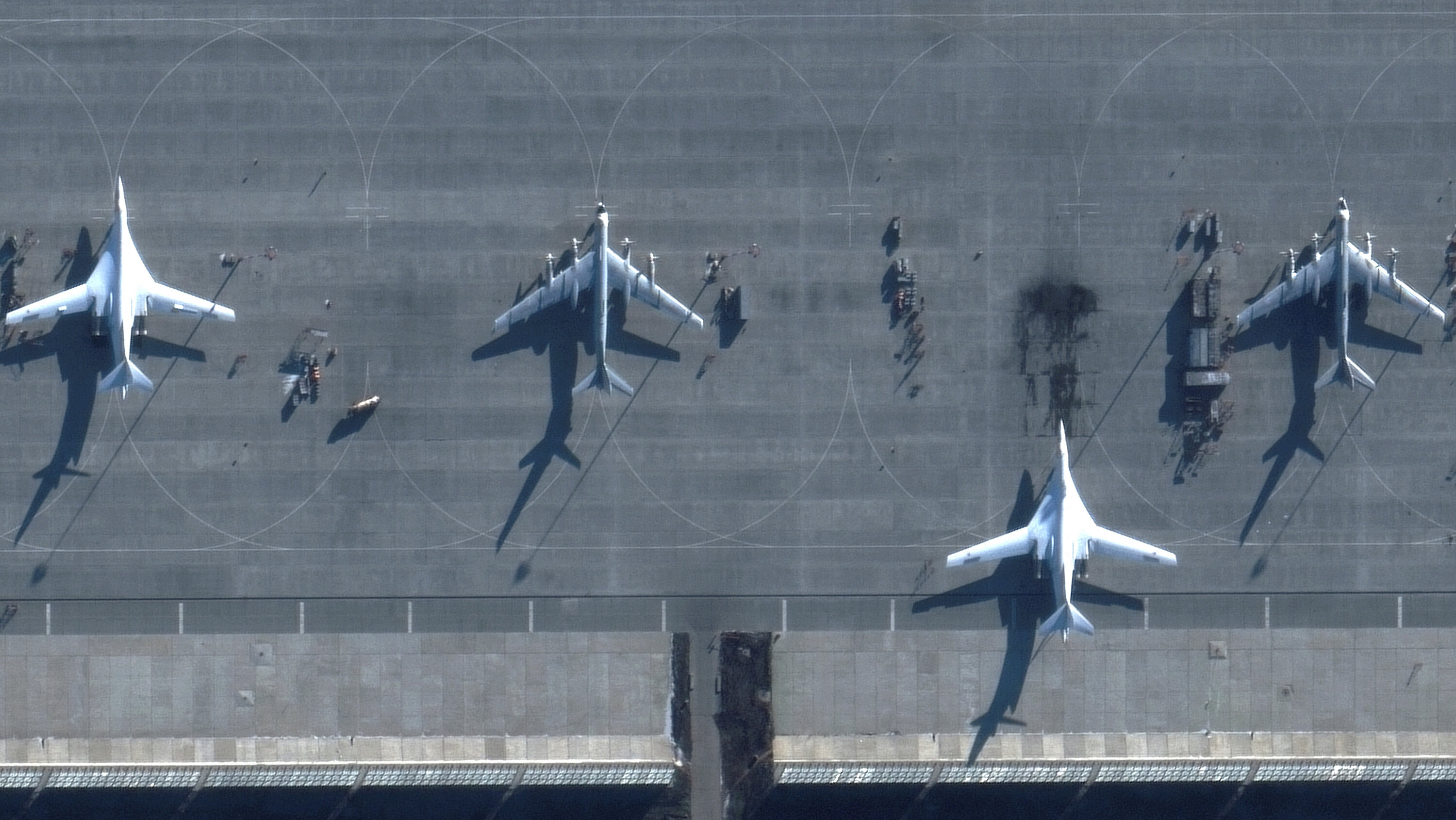
Ukraine’s Security Service, SBU, has revealed details of the large-scale operation that targeted four Russian airfields and shut 41 military aircraft in coordinated strikes on Sunday
Vasyl Malyuk, chief of SBU, said the unprecedented operation, codenamed “Pautina” or “Spiderweb” had been in preparation for over a year and half years. Among the destroyed warplanes were strategic Tu-22 M3s, A-50s, Tu-95s, and Tu-160s used in long-range missile strikes across Ukraine.
Describing the operation as a “slap in the face of “terrorist” Russia Russian Federation, Malyuk said the mission was personally supervised by President Volodymyr Zelensky who led team coordinating the unprecedented strike that targeted a total of 34% of strategic cruise missile carriers in Russia airfields of the Belaya, Dyagilevo, Olenya, and Ivanovo.
The SBU chief describing revealed that the Spiderweb was an extremely difficult operation from the logistics point of view as it was carried out in three stages. In the first stage, Ukraine smuggled FPV drones to Russian territory, then hid them in makeshift houses. In designated time, the roofs of the wooden houses were open and the drones hidden there, were flown via remote control to targeted Russian bombers.
The SBU chief described the operation as “retaliation” for Russia’s targeting of civilian infrastructure in the Ukrainian territory and pledged to “respond to Russian terror and destroy the enemy everywhere - at sea, in the air and on the ground.” “If necessary, we will get them out from under the ground,” Malyuk went on saying.
Russia’s Defence Ministry on Sunday acknowledged that the strikes on Russian airfields took place. Ukrainian President Volodymyr Zelenskiy dubbed the unprecedented operation as “historic” and praised all SBU employees involved. The operation was launched ahead of the Russia-Ukraine peace talks to be held on Monday in Istanbul, Turkiye.